
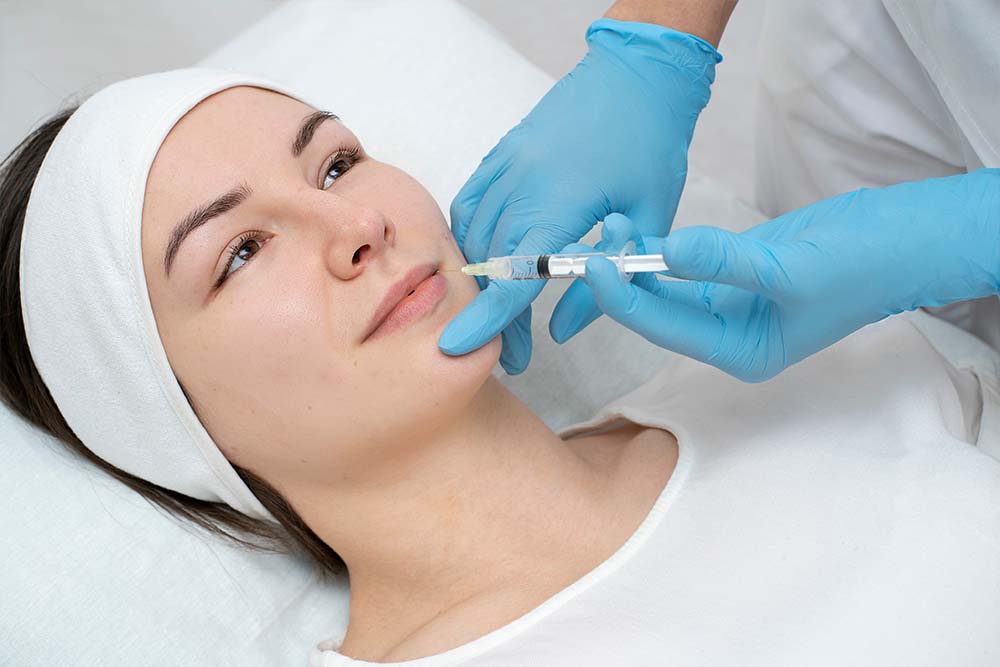
While your clinical background gives you a strong foundation, aesthetic injectables like Botox and dermal fillers require a different skill set—one rooted in precision, safety, and artistry.
That’s where aesthetic physician assistant training comes in.

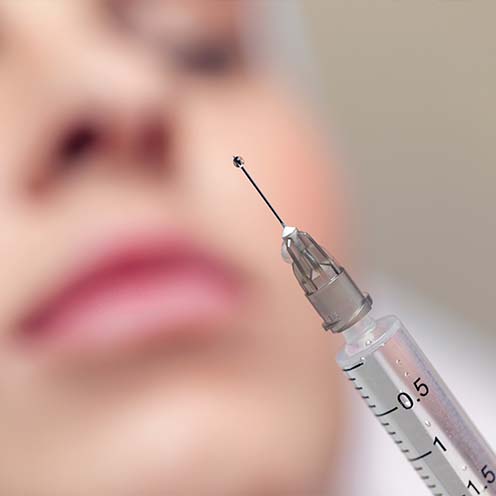
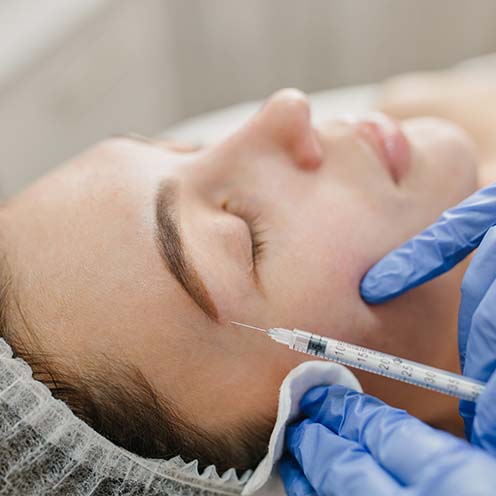
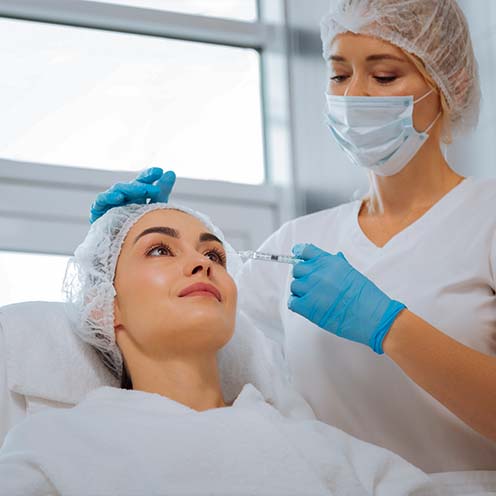
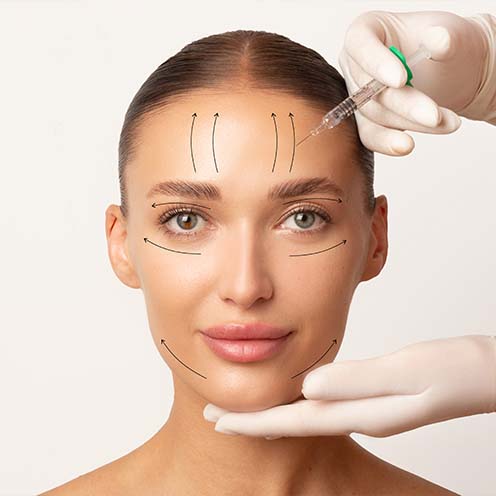
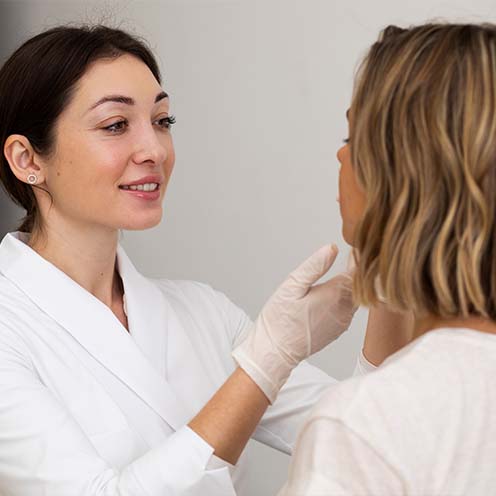

At TAMA, we don’t just teach the basics—we give you everything you need to become a confident, compliant, and in-demand injector.
Our training is designed specifically for licensed medical professionals, blending clinical precision with hands-on experience and legal clarity.
Here’s why physician assistants across the U.S. trust TAMA:
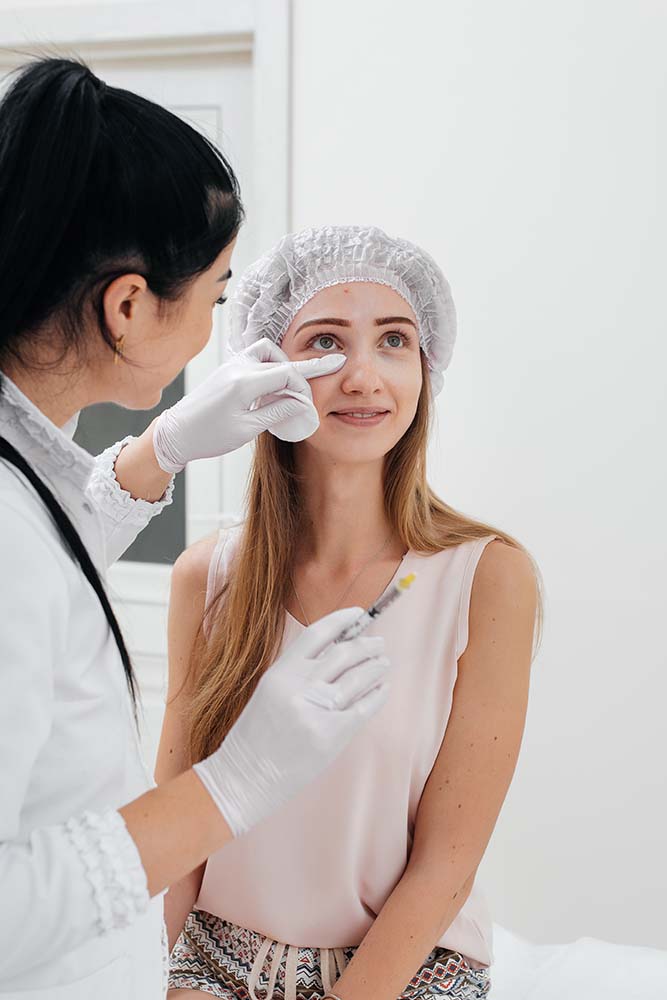

Yes, physician assistants can administer Botox in most states, but they must follow state-specific regulations. This typically includes working under a supervising physician and completing proper training in aesthetic procedures.
Legal scope and delegation requirements vary, so PAs should always consult their state’s medical board.
To become a Botox injector, a PA must hold an active license and complete accredited aesthetic training that includes hands-on experience.
They must also work under the supervision of a licensed physician and stay current with their state’s legal and compliance guidelines. Additional certifications and continuing medical education (CME) may be required.
No, medical assistants are not licensed medical providers and are generally not permitted to administer Botox or other injectables.
These procedures require clinical judgment and must be performed by or delegated to licensed professionals like physicians, PAs, or nurse practitioners under proper supervision.
Each location provides personalized guidance for injector training, helping you build skills, confidence, and a thriving practice.
INSIDE BIRTHCO,8312 Burnet Rd 107 #B,Austin, TX 78757
(512) 599-8978
2660 FM 407 100 #B,Bartonville, TX 76226
(940) 784-6822
6222 Colleyville Blvd # B,Colleyville, TX 76034
(817) 768-9230
2520 N Carroll Ave B,Dallas, TX 75204
(214) 644-7323
INSIDE MATTISON AVE SUITES,4701 West Fwy Suite 152 #B,Fort Worth, TX 76107
(817) 886-8177
Inside of Phenix Suites of Willow Bend,5964 W Parker Rd Suite 107 #B,Plano, TX 75093
(972) 781-9340
250 Ed English Dr 3D B,Shenandoah, TX 77380
(281) 825-4203